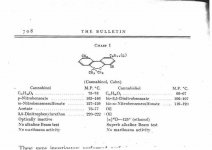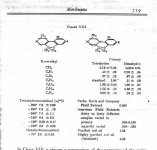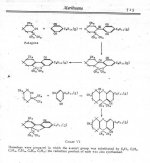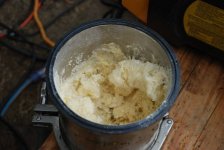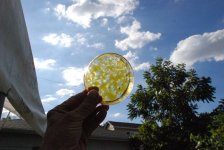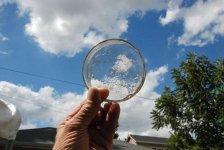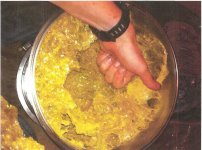i vaped a bunch of co2 last night, in my Solo vape, and it was nice!
the taste is awesome , and the effects noticeable.
Its from BPG and ive had it for about a year in my drawer and it was just as nice as the day i bought it. The company is Canna Medicinals, the oil comes in a syringe and has a dark amber color.
the taste is awesome , and the effects noticeable.
Its from BPG and ive had it for about a year in my drawer and it was just as nice as the day i bought it. The company is Canna Medicinals, the oil comes in a syringe and has a dark amber color.

